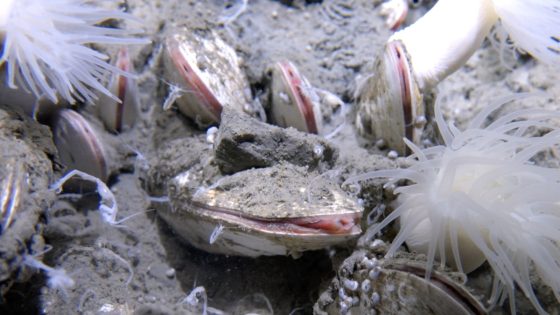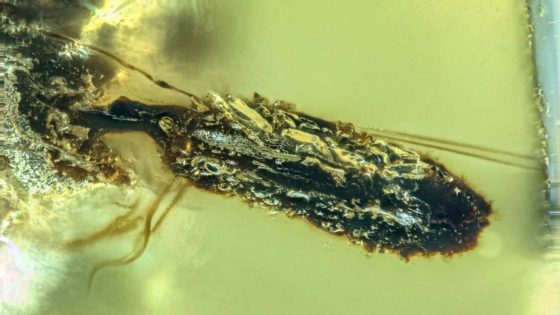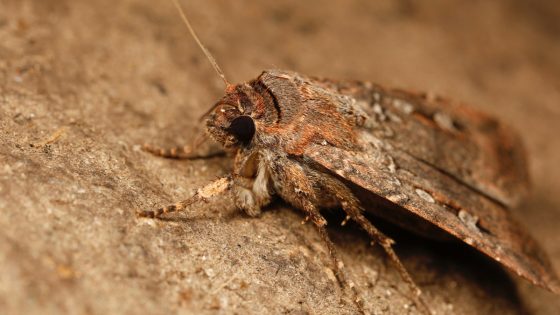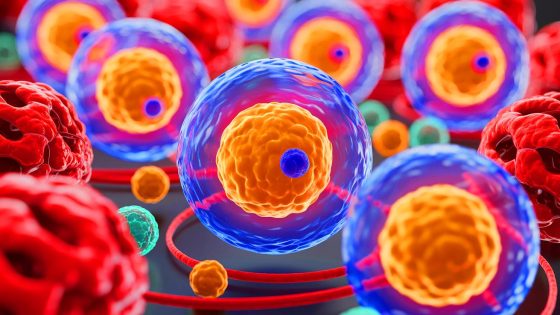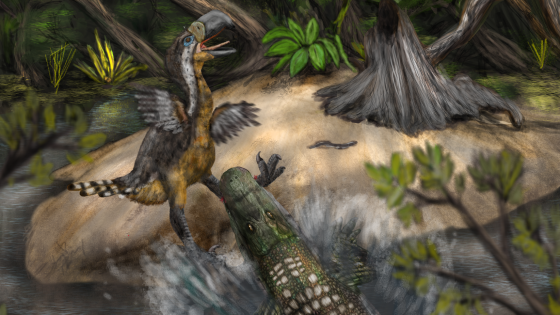Recent discoveries in deep-sea ecosystems reveal that bottom dwellers have never been more spectacular. A Chinese-led research team, diving to depths exceeding 30,000 feet, uncovered a thriving ecosystem in the Pacific Ocean.
- Spectacular ecosystems found 30,000 feet deep.
- Bright marine worms discovered in trenches.
- Chemosynthesis sustains deep-sea life forms.
- High pressure challenges survival of species.
- Research expands known habitat distributions.
- Abundant life surprises deep-sea researchers.
Using a high-tech submersible, scientists observed vibrant marine life, including spiky worms and dense clam beds. These findings, published on 2025-07-31 22:02:00, challenge our understanding of life in extreme conditions and highlight the importance of chemosynthesis in these depths.
This groundbreaking research raises intriguing questions about the adaptability of life in extreme environments. How can organisms thrive under crushing pressure and in complete darkness? The findings suggest that:
- Hadal trenches may host more diverse life than previously thought.
- Chemosynthesis supports ecosystems where sunlight cannot reach.
- New species could be discovered in these unexplored depths.
As we continue to explore these uncharted territories, future research may uncover even more astonishing adaptations, urging scientists to rethink the limits of life on Earth.



